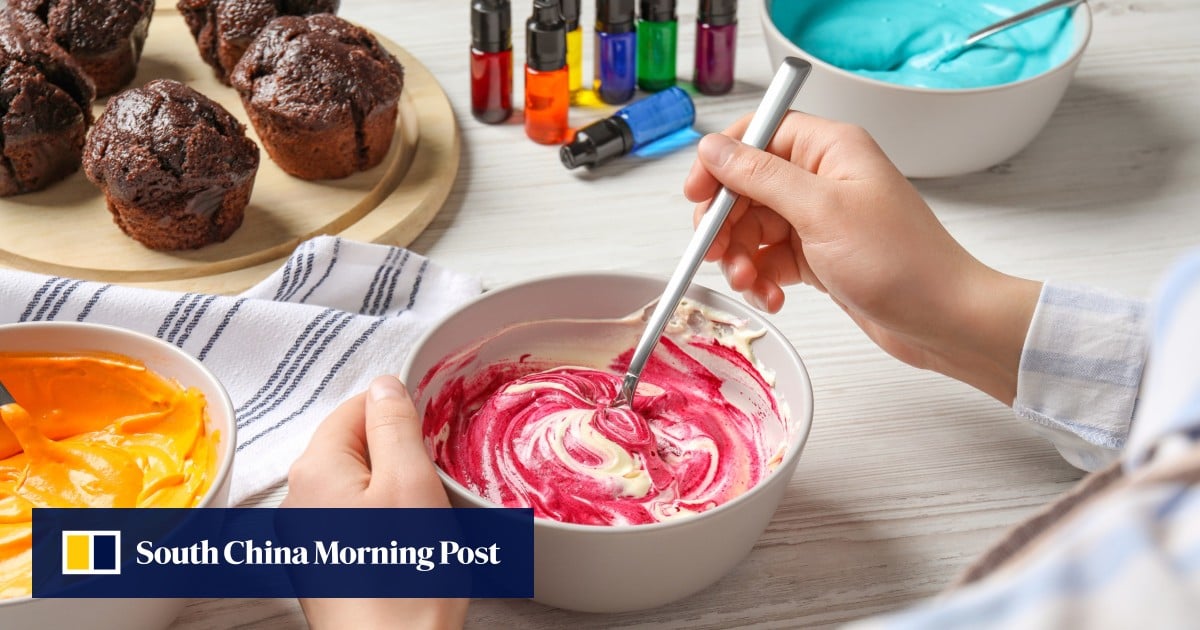You know you have said it. We all have. “Mmm, that looks so delicious – I want to try some!” That is because, when it comes to what we eat, it is not just a matter of taste.
What foods and drinks look like – the colours we see before the first morsels or sips hit our taste buds – has mattered to people for millennia. And nowhere has that been more blatant than the American food palate, where the visual spectrum we choose from includes not only the primary colours but artificial ones that nature could not even dream up.
For well over a century, food manufacturers in the United States have used synthetic dyes in their products as part of their production and marketing efforts.
Often, it has been in hopes of making a mass-produced food look as fresh and natural as possible, reminiscent of the raw ingredients used in its production.

In other cases, it has been about making an item look interesting or distinctive from competitors, like candies or desserts in an electric blue or neon pink. Think “blue raspberry Slurpee” – an icy sweet drink – or a packet of crunchy “Flamin’ Hot Cheetos”.

